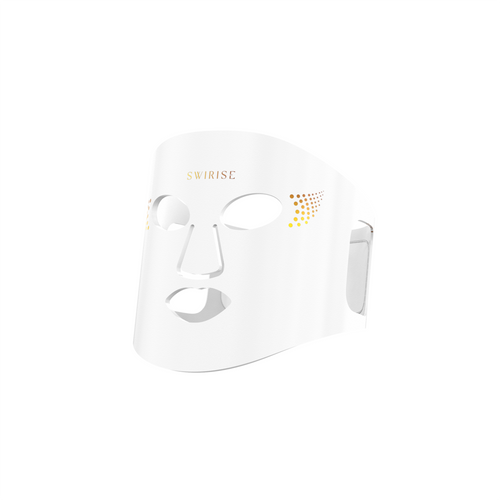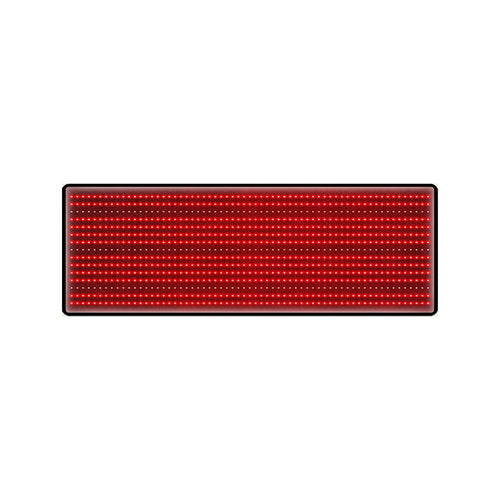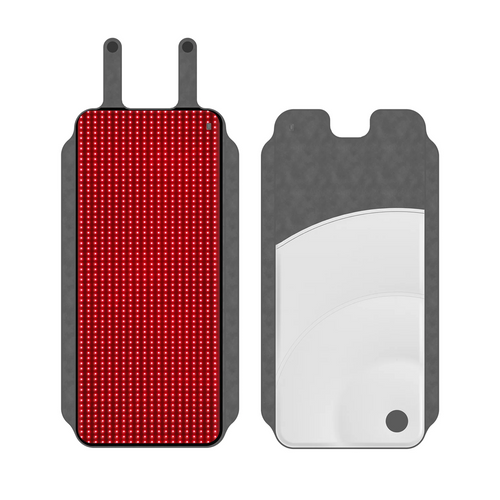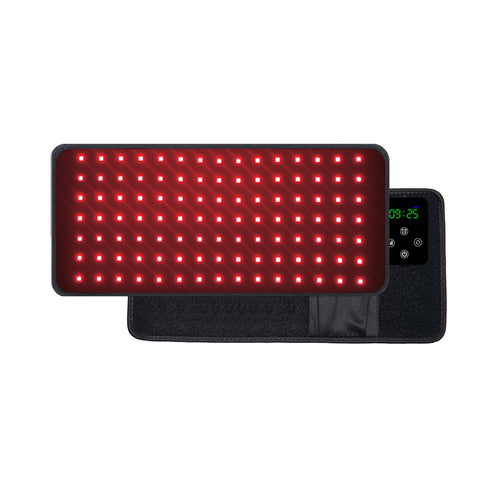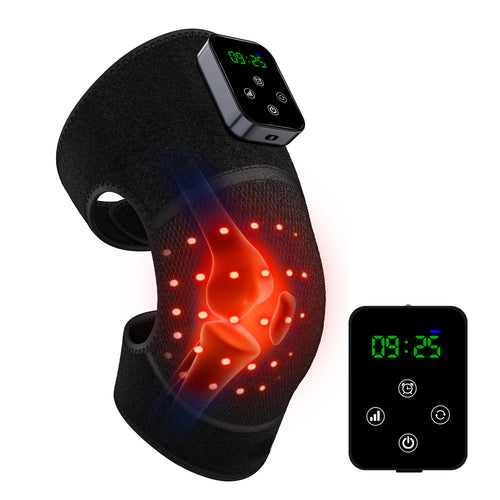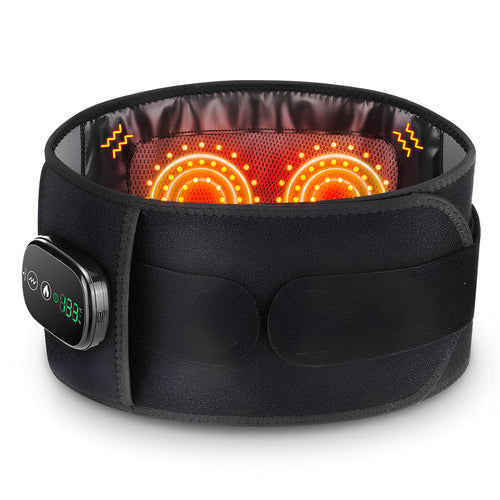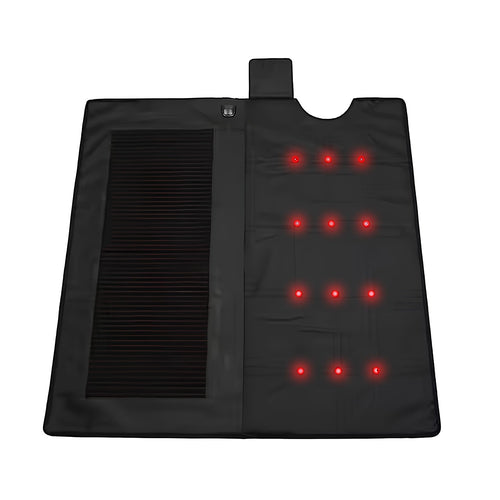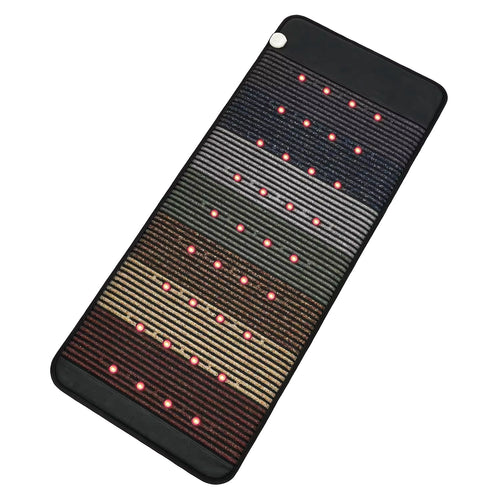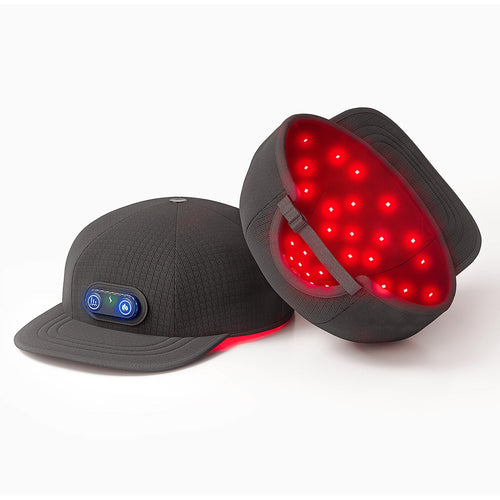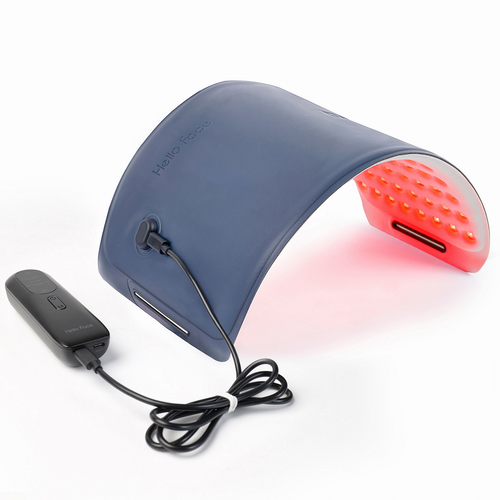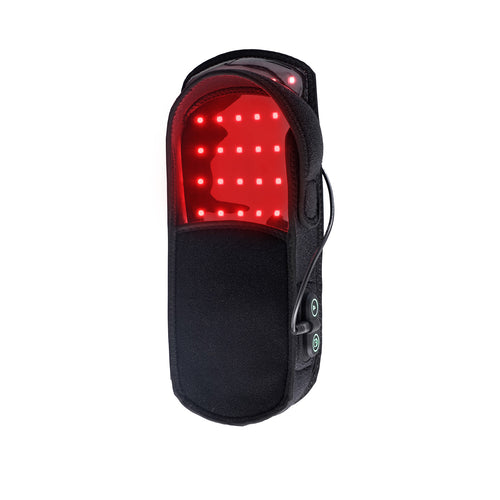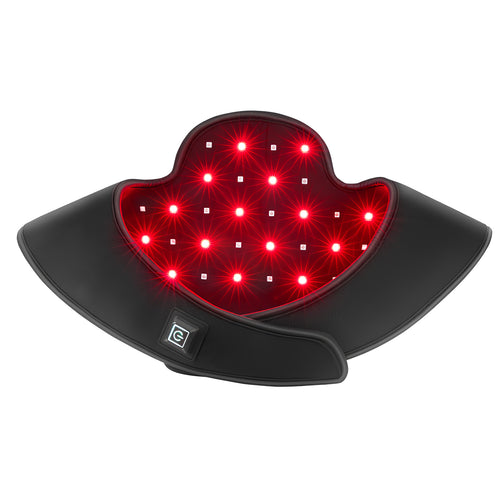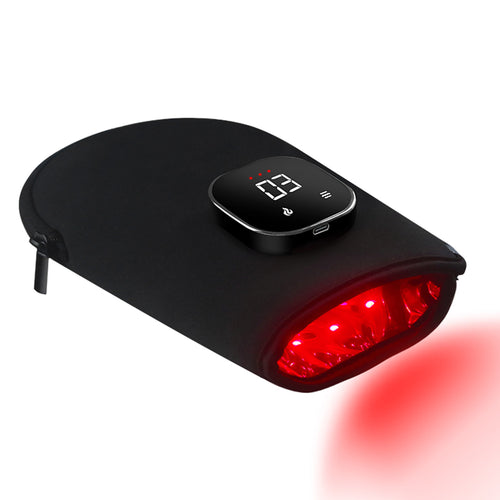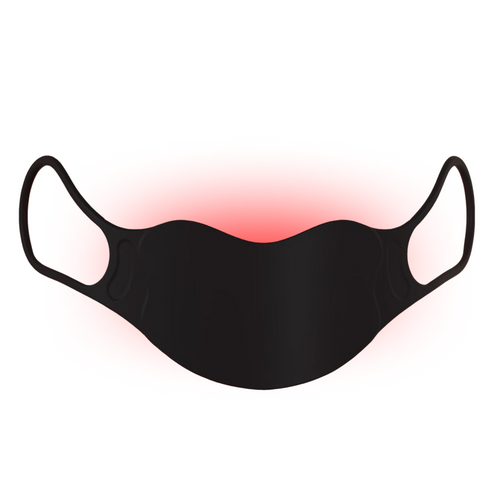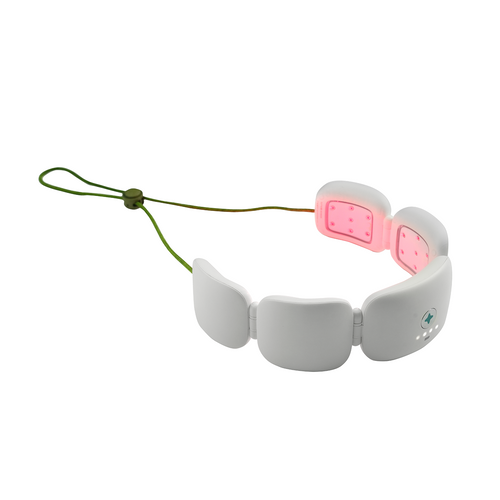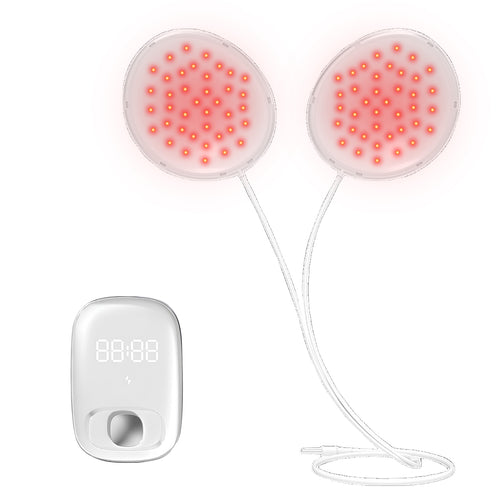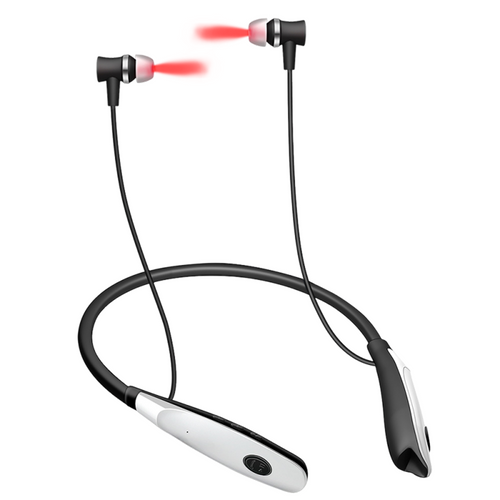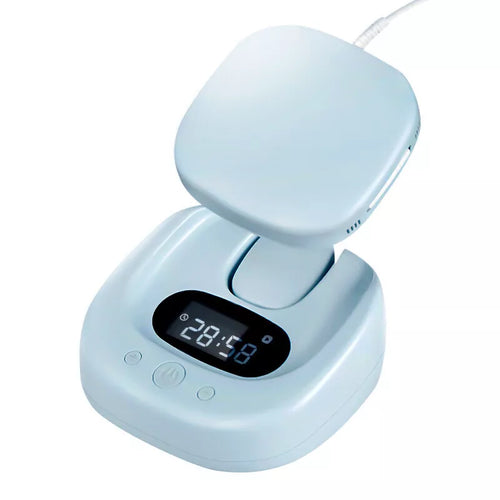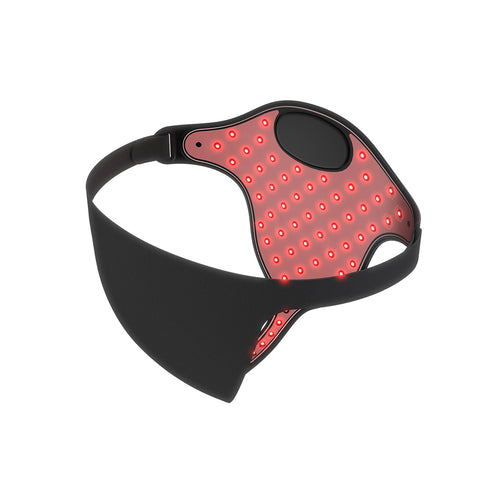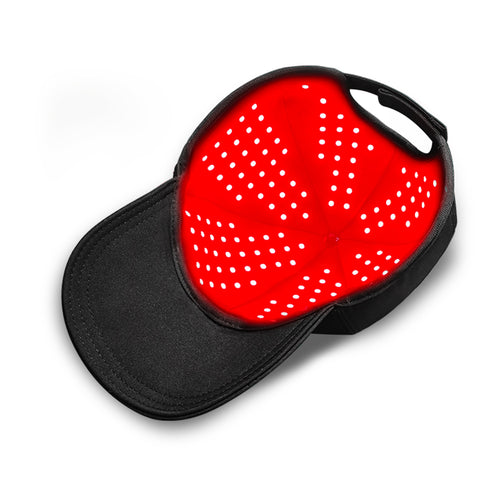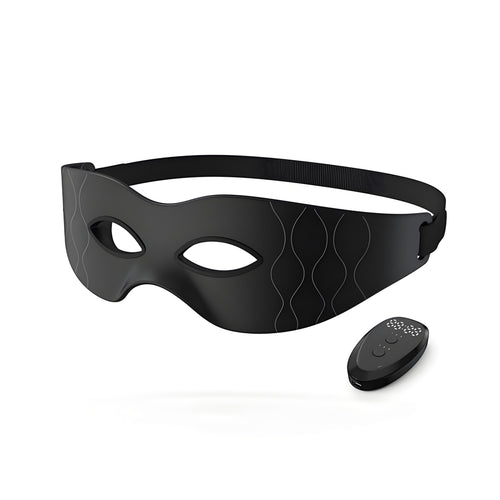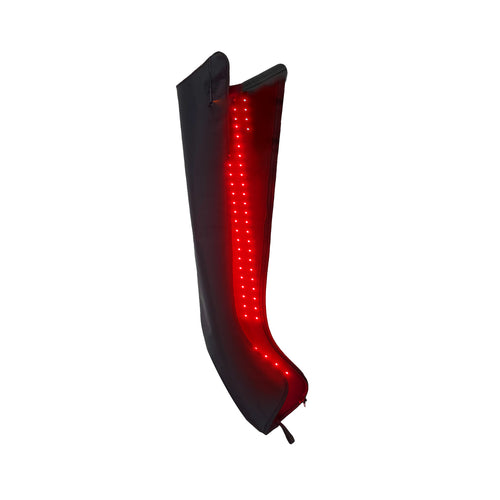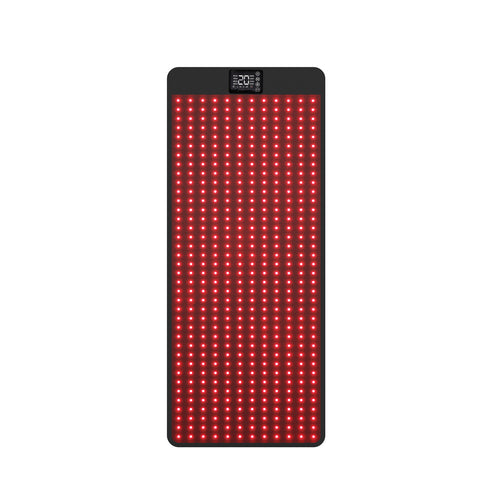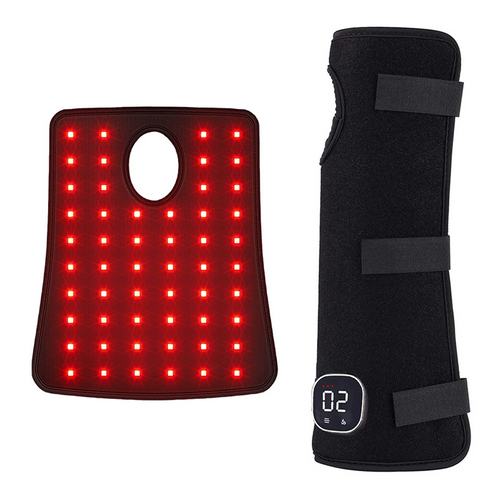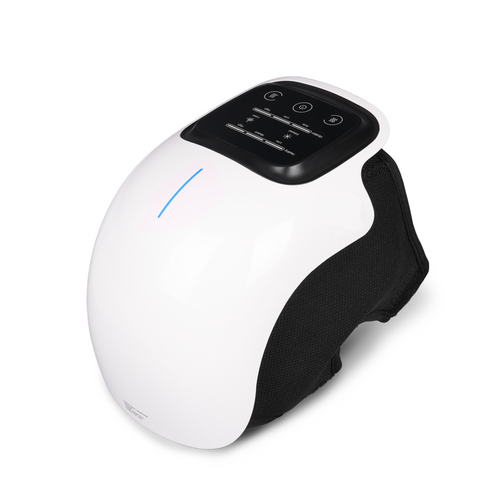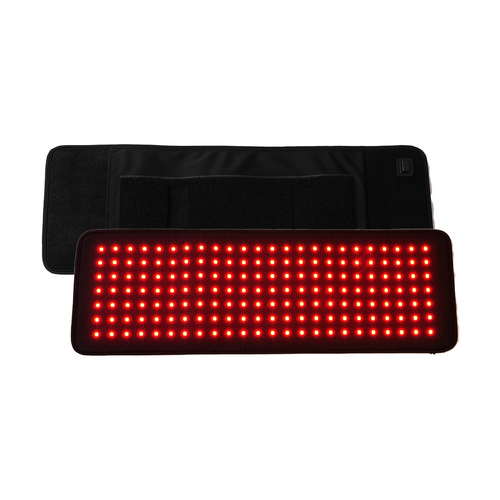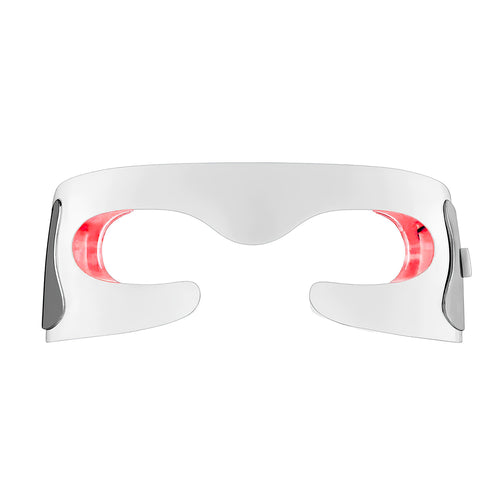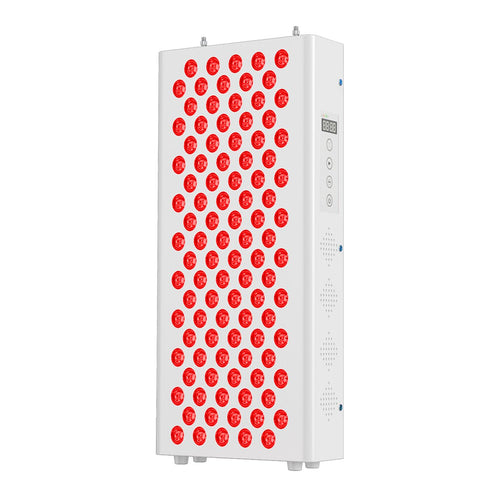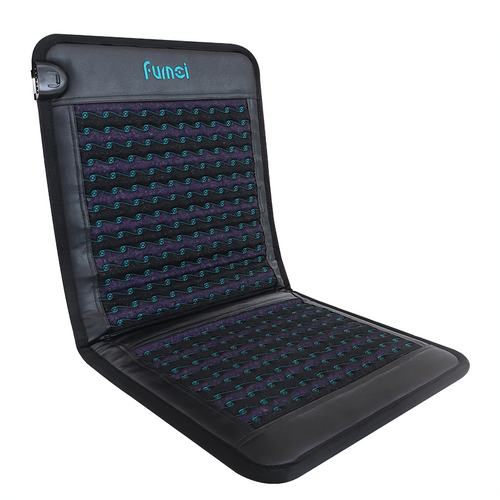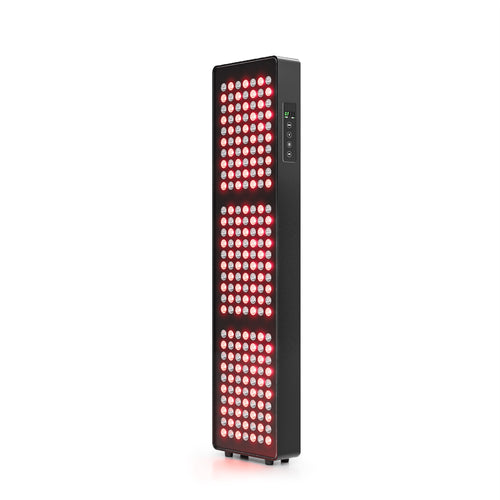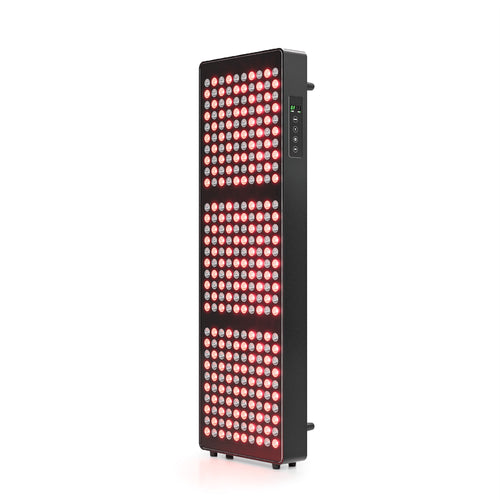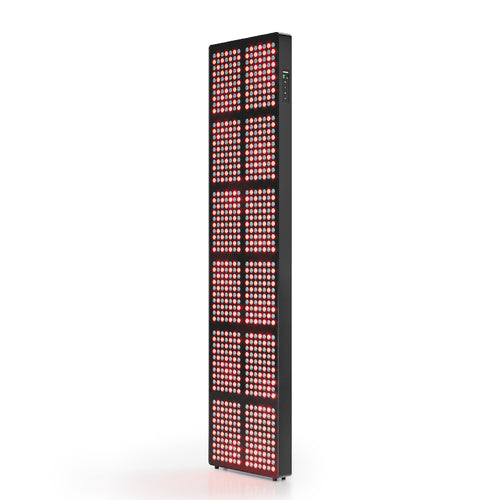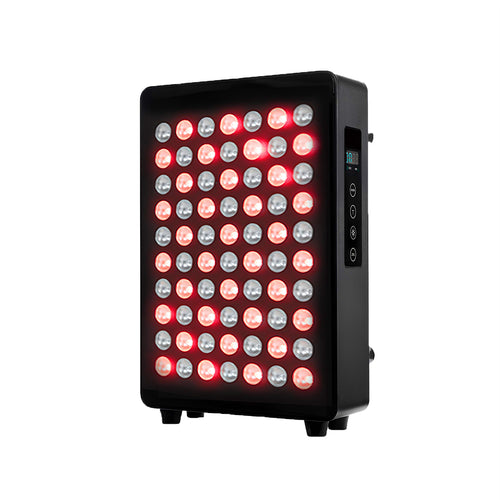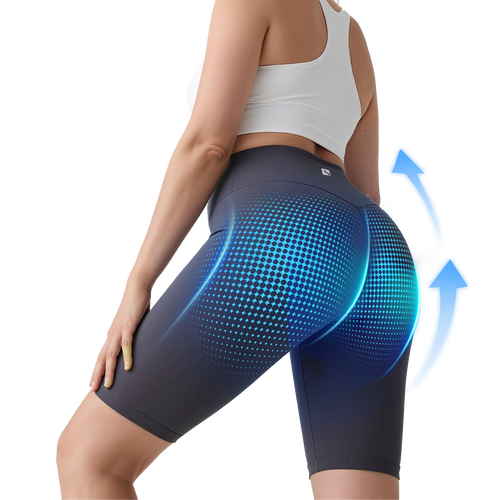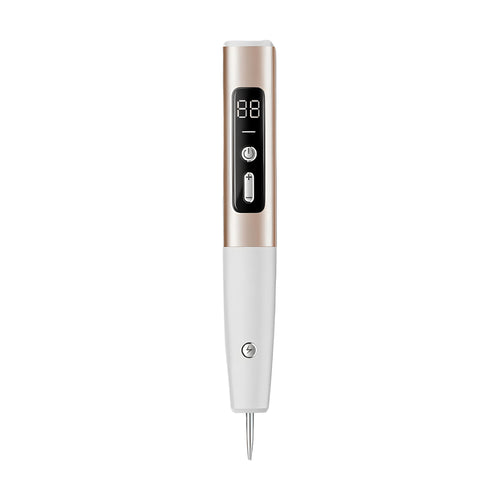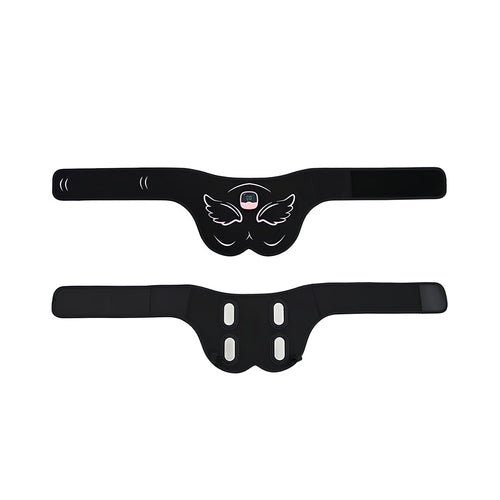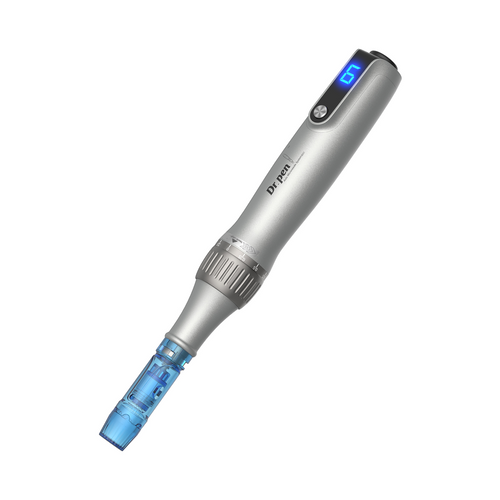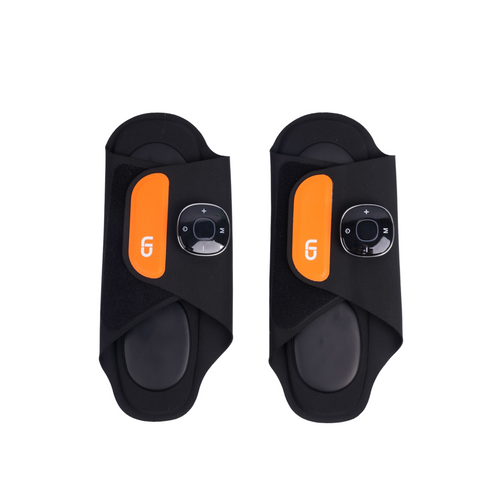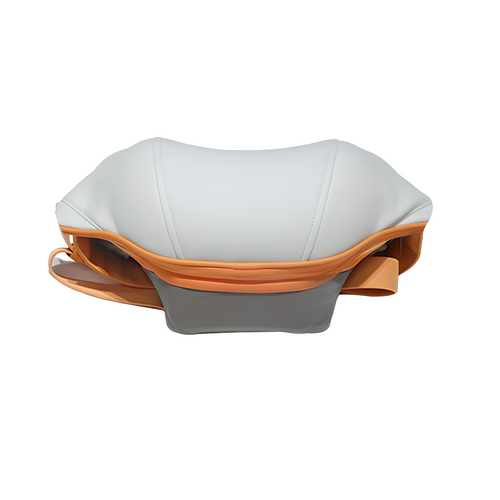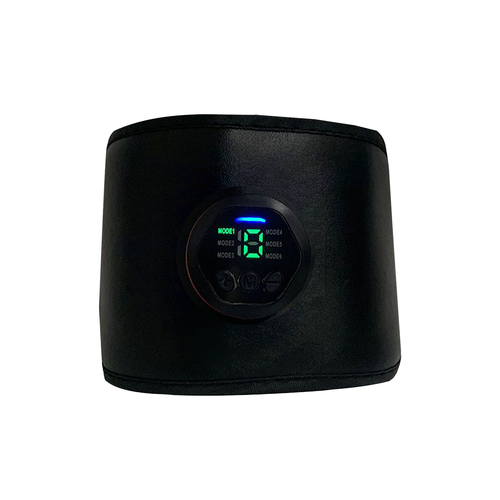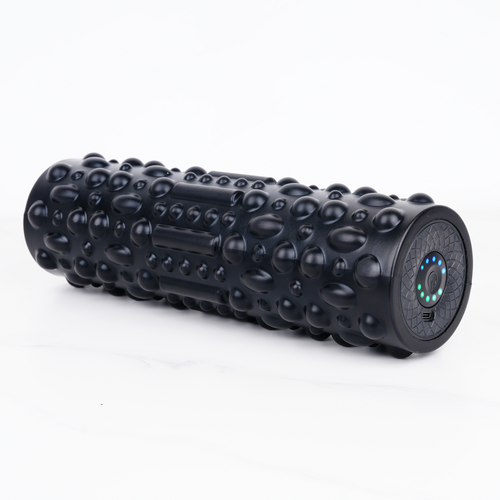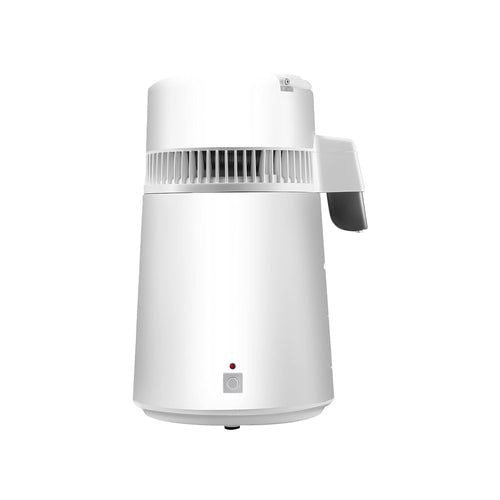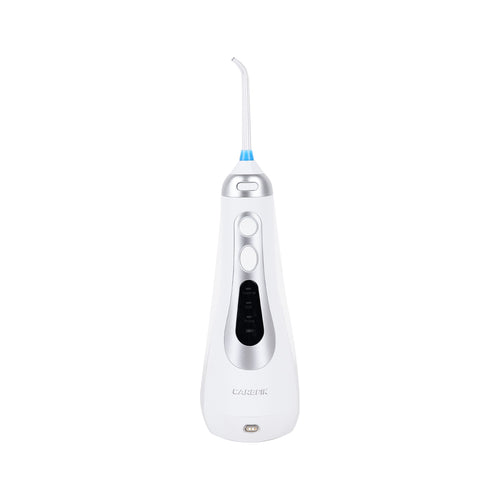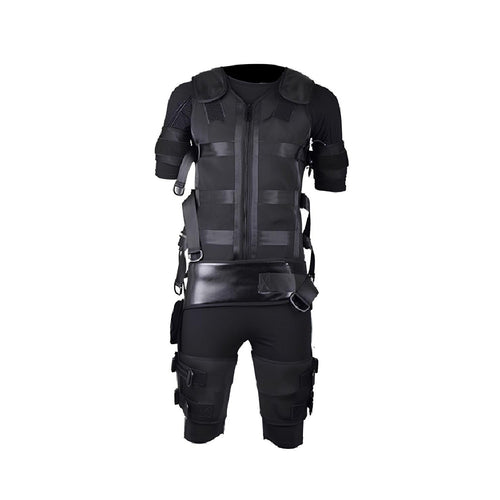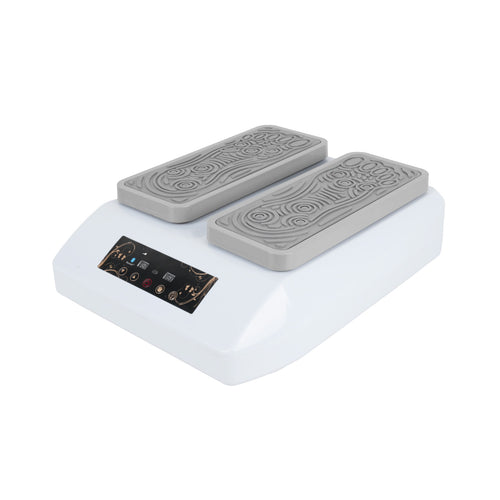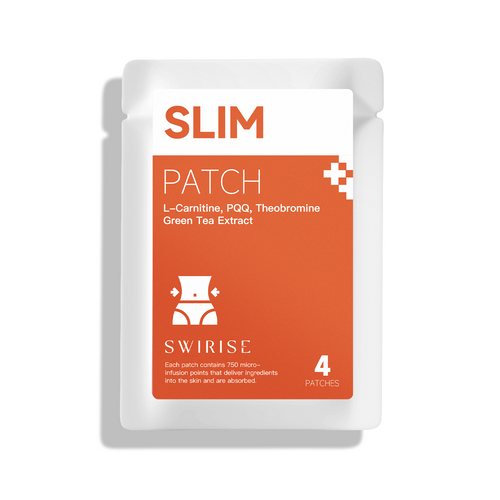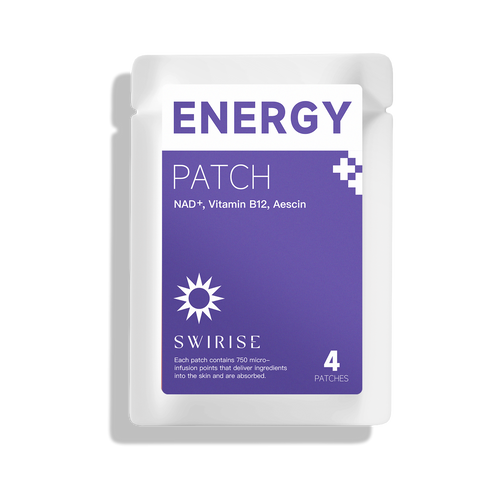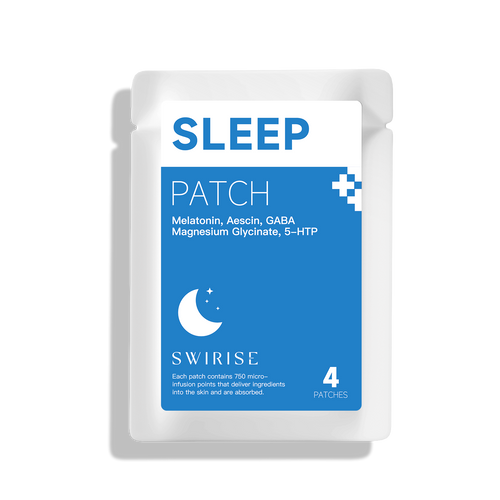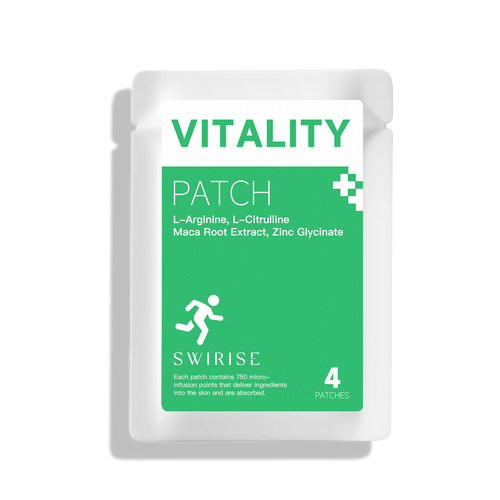
Is LED Light Therapy Mask Safe for At-Home Use?
JustinLinLED light therapy masks have quickly gone from clinical exclusivity to bathroom-shelf staples — offering a non-invasive way to treat acne, signs of aging, and dull skin from the comfort of home. But as their popularity rises, so do the questions.
Is LED light therapy actually safe?
At Swirise, we believe true face mask skin care innovation starts with science. While LED light therapy is widely recognized as safe, not all devices are built equally — and most on the market today lack clinical validation for safety or results. That’s why we created this guide.
Backed by medical-grade LED research and built on stringent safety standards, this article breaks down the science, debunks common myths, and helps you use your LED light therapy mask confidently and effectively at home — without compromising your skin (or your eyes). Let’s get into it.
What Exactly Is LED Light Therapy?
Before we get into whether it’s safe,because once you understand the science, everything starts to make sense.
LED stands for Light Emitting Diodes. These are the small light points you see on the back of a light therapy mask. When powered on, they emit specific wavelengths of light that penetrate into different layers of your skin. That light is absorbed by your skin cells, particularly mitochondria, and triggers a chain of natural biological reactions that lead to healthier, more radiant skin.
It’s kind of like how plants use sunlight to grow — except instead of leaves, it’s your skin doing the work.
This process helps to:
- Boost collagen production
- Repair damaged tissue
- Reduce acne
- Improve skin tone & texture
- Minimize wrinkles and fine lines
- Soothe redness & inflammation
- Support wound healing
Are At-Home Red Light Therapy Devices Safe?
The short answer? Yes — when the device is engineered with precision and used properly.
At Swirise, safety isn't an afterthought — it's built into every step of our product development. We don’t just follow trends; we follow the science. Our R&D team collaborates with engineers, dermatologists, and photobiologists to build devices that deliver results without compromising user health.
That’s why each Swirise LED mask is developed with clinically tested wavelengths, medical-grade materials, and global safety certifications to ensure skin-friendly, results-driven performance at home.
Here’s what makes a real difference:
- Precisely calibrated wavelengths:
Our LEDs operate within the optimal therapeutic range for visible skin benefits.
- Controlled, low-level energy output:
Strong enough to stimulate collagen and reduce inflammation, but gentle on all skin types.
- Zero UV:
Our devices emit absolutely no ultraviolet rays — just clean, therapeutic light that’s safe for your skin and won’t accelerate aging or cause damage like the sun can.
- Skin contact-grade silicone:
Our masks feel as good as they look — soft, flexible, and ultra-gentle, even on the most sensitive skin. This clinical-grade material hugs your face comfortably without causing irritation, so you can focus on glowing results, not red marks or discomfort.
- Trusted clinical origins:
LED therapy is already widely used by dermatologists for treating acne, wound recovery, and signs of aging — we simply bring that professional-grade science into your home.
- FDA-Cleared:
Swirise devices are FDA-cleared, meaning they meet rigorous safety and performance standards set by one of the world’s most trusted regulatory bodies. That’s not just a label — it’s proof that our technology has been reviewed, tested, and approved for safe over-the-counter use. So yes — when it’s Swirise-designed and user-guided, at-home LED light therapy is not only safe, but one of the most gentle, non-invasive ways to support healthy, glowing skin.
What Dermatologists and Experts Say
LED light therapy face masks aren’t just loved by beauty editors and skincare enthusiasts — they’re also endorsed by leading dermatologists for their science-backed benefits and safety profile. Backed by years of clinical research, this technology is now recognized as a trusted tool in modern skincare.
“The scientific evidence supporting LED light therapy for boosting collagen, reducing wrinkles, and improving skin tone is substantial.”
— Dr. Davin Lim, Board-Certified Dermatologist
“This non-invasive, easy-to-use treatment offers a safe and effective option for managing a range of skin concerns.”
— Dr. Jane Taylor, Board-Certified Dermatologist
“LED therapy is widely used in skin rejuvenation for its proven ability to enhance skin texture, stimulate collagen production, and reduce visible signs of aging.”
— Dr. Jennifer Marthers, Board-Certified Dermatologist
With consistent use, many experts view LED masks as a smart, long-term investment in skin health — especially for those seeking gentle yet effective results from home. Their professional endorsement speaks volumes: LED therapy isn’t just safe — it works.
Who Should Not Use LED Light Therapy Masks?
LED light therapy is generally safe for most people, but like any skin treatment, it’s not one-size-fits-all. Certain individuals should take extra precautions — or skip it altogether — unless cleared by a healthcare professional. We always recommend consulting a dermatologist if you’re unsure.
You should avoid using LED light therapy masks if:
- You’re photosensitive or taking medications that increase light sensitivity (like certain antibiotics or acne treatments)
- You’re pregnant or breastfeeding — while there’s no evidence of harm, these groups haven't been extensively studied in clinical settings
- You’re undergoing treatment for skin cancer — avoid light exposure unless advised otherwise by your physician
- You have active skin infections, severe acne cysts, or open wounds — wait until your skin has healed
- You have serious eye conditions or a history of seizures triggered by light
When in doubt, talk to your doctor. A quick consultation can give you peace of mind — and ensure LED light therapy is the right fit for your skincare routine.
Can I Use LED Light Therapy With My Skincare Products?
Ingredients Safe to Use Before, During, or After LED Light Therapy
These ingredients are considered stable and compatible with LED light exposure based on clinical data and expert guidelines:
- Hyaluronic Acid:
Excellent for hydration and skin plumping; safe and effective with red or near-infrared light.
- Niacinamide (Vitamin B3):
Helps reduce inflammation and brighten the skin; compatible with all LED wavelengths.
- Peptides:
Support collagen synthesis; beneficial when used after red or near-infrared LED therapy.
- Ceramides:
Help restore and maintain the skin barrier, especially post-treatment.
- Aloe Vera and calming botanicals:
Soothe the skin and are safe for pre- and post-LED use.
Ingredients to Avoid Before or During LED Light Therapy
These ingredients can cause photosensitivity, irritation, or instability when exposed to LED light and are generally advised against:
- Retinoids (Retinol, Tretinoin, Adapalene, etc.):
Increase photosensitivity and may cause irritation during LED exposure. Better used post-treatment.
- Alpha Hydroxy Acids (AHAs):
Such as glycolic acid and lactic acid; can thin the skin barrier and heighten light sensitivity.
- Beta Hydroxy Acids (Salicylic Acid):
Can lead to dryness or irritation when used in combination with LED therapy.
- Benzoyl Peroxide:
May degrade or become unstable under light, potentially increasing irritation.
- Vitamin C (especially L-Ascorbic Acid):
Can oxidize under light, reducing its effectiveness; best used at a different time of day
How to Use an LED Light Mask Safely
To maximize the benefits of LED light therapy while minimizing potential risks, adhere to the following evidence-based practices:
1. Ensure Proper Skin Preparation
- Cleanse Thoroughly:
Use a gentle, oil-free cleanser to remove makeup, sunscreen, and impurities. This step ensures optimal light penetration and prevents interference with therapy.
- Avoid Active Ingredients Pre-Treatment:
Refrain from applying potent actives like retinol, AHAs, or BHAs before or immediately after LED therapy, as they can increase skin sensitivity.
2. Adhere to Manufacturer's Guidelines
- Session Duration:
Limit sessions to 10–15 minutes, 3–5 times per week, as per manufacturer recommendations. Overuse can lead to skin irritation.
- Device Maintenance:
Regularly clean your LED mask according to the manufacturer's instructions to maintain hygiene and ensure optimal performance.
3. Prioritize Eye Protection
- Use Provided Goggles:
Always wear the protective goggles included with your device or keep your eyes closed during treatment to prevent potential eye strain or discomfort.
- Built-in Shields:
Some masks come with integrated eye shields; ensure they are properly positioned before use.
4. Monitor Skin Response
- Start Slowly:
If you're new to LED therapy, begin with shorter sessions to gauge your skin's reaction.
- Adjust Frequency:
Increase session frequency gradually, based on your skin's tolerance and the device's guidelines.
5. Avoid Concurrent Use with Photosensitizing Products
- Retinoids and Acids:
Do not use retinol or exfoliating acids immediately before or after LED therapy, as they can heighten skin sensitivity.
- Photosensitizing Medications:
Consult with a healthcare professional if you're on medications that increase light sensitivity before using LED therapy.
6. Charge and Handle Devices Properly
- Use Approved Adapters:
Always charge your LED mask using the manufacturer-approved adapter to prevent electrical hazards.
- Regular Inspection:
Check the device for any signs of wear or damage before each use to ensure safety.
7. Consider Patch Testing
- For Sensitive Skin:
Perform a patch test on a small area of your skin before full-face application to check for any adverse reactions.
How It Compares to Other Skincare Treatments
Chemical Peels
- Chemical peels involve acids that exfoliate the skin’s surface, often causing redness, peeling, and downtime.
- Red light therapy stimulates skin rejuvenation without disrupting the skin barrier, allowing for recovery-free use with no discomfort.
Microneedling or Laser Treatments
- Microneedling and laser resurfacing can deliver dramatic results but for users with sensitive skin, they may come with side effects like swelling, pain, and potential for post-treatment inflammation or hyperpigmentation.
- In contrast, LED masks gently boost collagen and improve skin tone without needles, heat, or irritation.
Topical Retinoids
- Retinoids may cause dryness, flaking, and photosensitivity—especially during initial use and for those who have sensitive skin.
- LED therapy offers gradual anti-aging and acne-reducing effects without the purging or irritation associated with actives like retinol.
Compared to In-Clinic Facials
- Professional facials can be relaxing but often require ongoing appointments and can include extractions that may be uncomfortable.
- LED masks provide similar skin-rejuvenating benefits from the comfort of your home—no appointments, no pain, no pressure.
LED light therapy stands out for its gentleness and long-term safety.
Final Thoughts: Why the Best Red Light Therapy Mask Is a Safe, Effective, and Superior Choice for At-Home Skincare
In summary, the LED face mask offers a scientifically validated, non-invasive, and pain-free solution to improve skin health from the comfort of your home. Unlike more aggressive treatments such as chemical peels or microneedling, red light therapy delivers proven anti-aging, acne-fighting, and skin-repair benefits without downtime, irritation, or discomfort.
With decades of clinical research supporting its safety and efficacy, and with devices meeting strict medical-grade standards and FDA clearance, red light therapy masks stand out as one of the safest and most convenient tools for long-term skin rejuvenation.
Key advantages include:
- Gentle yet effective stimulation of collagen and skin repair
- Zero UV exposure, reducing risks associated with sun damage
- Ease of use, enabling consistent treatment without clinical visits
- Compatibility with most skincare products, allowing seamless integration into your routine
- Pain-free experience with no recovery time needed
For those seeking a trustworthy, at-home skincare device backed by scientific and dermatological support, investing in the best red light mask is a smart, future-proof choice to maintain radiant, youthful skin safely and effortlessly.
Also, the blog we recommend below provides a detailed red light therapy mask comparison of the most famous brands including Swirise, Omnilux, CurrentBody, Dr Dennis Gross, and Mitoredlight. If you are not sure how to choose the most suitable red light therapy mask for face, you could check this to choose the best red light therapy mask.

